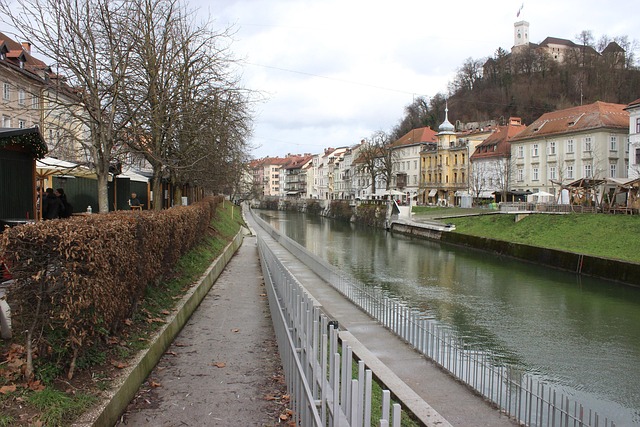In Karachi's vibrant commercial areas like Jamshed Road, intermittent power cuts (load shedding) disrupt daily life and business operations during peak demand periods. While short-term measures like efficient load management and solar energy help, long-term strategies focusing on infrastructure upgrades, renewable energy investments, and preventative maintenance are crucial for stable electricity supply. Collaboration between authorities, utilities, and the community is key to providing reliable power for all Karachi residents.
In the heart of Karachi, the bustling Jamshed Road area has long grappled with electricity load shedding, impacting daily life and business operations. This article delves into the complex issue, exploring its root causes and analyzing the far-reaching effects on the city’s vibrant economy. We present practical solutions to mitigate the challenges posed by unreliable power supply, offering a roadmap towards a more stable and prosperous future for Karachi’s iconic commercial hub.
- Understanding Load Shedding in Karachi's Jamshed Road Area
- Impacts and Solutions for Electricity Unreliability
Understanding Load Shedding in Karachi's Jamshed Road Area

In the bustling metropolis of Karachi, particularly in areas like Jamshed Road, electricity load shedding has become an all too familiar occurrence. This phenomenon refers to the scheduled or unscheduled discontinuation of power supply to certain regions to prevent overloading the electrical grid. Karachi, with its rapid urbanization and increasing energy demands, faces unique challenges in maintaining a stable power distribution. Load shedding is often implemented during peak hours or when demand exceeds the available supply, ensuring the integrity of the city’s power infrastructure.
The impact of load shedding in Jamshed Road, a vibrant commercial hub, is significant. Businesses may experience disruptions, leading to potential losses and customer dissatisfaction. Residents, too, are affected by the intermittent darkness, impacting their daily routines and home appliances. However, Karachi’s electricity authorities are continually working towards improving power supply stability through infrastructure upgrades and innovative solutions to minimize load shedding and enhance the overall energy management of this vibrant Karachi city.
Impacts and Solutions for Electricity Unreliability

The unreliability of electricity in areas near Jamshed Road, Karachi, has significant impacts on residents and businesses alike. Regular power cuts disrupt daily routines, hinder productivity, and can lead to financial losses for enterprises that rely heavily on electricity for their operations. In addition, it contributes to an overall decline in the quality of life, as essential services and appliances become inaccessible during these periods.
Addressing this issue requires a multi-faceted approach. Short-term solutions include implementing load-shedding schedules more efficiently, encouraging the use of alternative energy sources like solar panels, and promoting energy conservation practices among consumers. Long-term strategies should focus on enhancing the city’s power infrastructure, investing in renewable energy projects, and ensuring regular maintenance to prevent outages. The collaboration between local authorities, utility providers, and the community is crucial in finding sustainable solutions that benefit Karachi’s residents and foster a more reliable electricity supply.
The persistent electricity load shedding in Karachi’s Jamshed Road area highlights a pressing need for sustainable solutions. By understanding the impacts on local businesses and residents, and exploring innovative approaches to address power unreliability, Karachi can move towards a more reliable and prosperous future. Investing in infrastructure upgrades, encouraging renewable energy sources, and promoting efficient energy practices are crucial steps toward alleviating load shedding and ensuring a brighter, more resilient urban landscape for all Karachis.





Leave a Reply